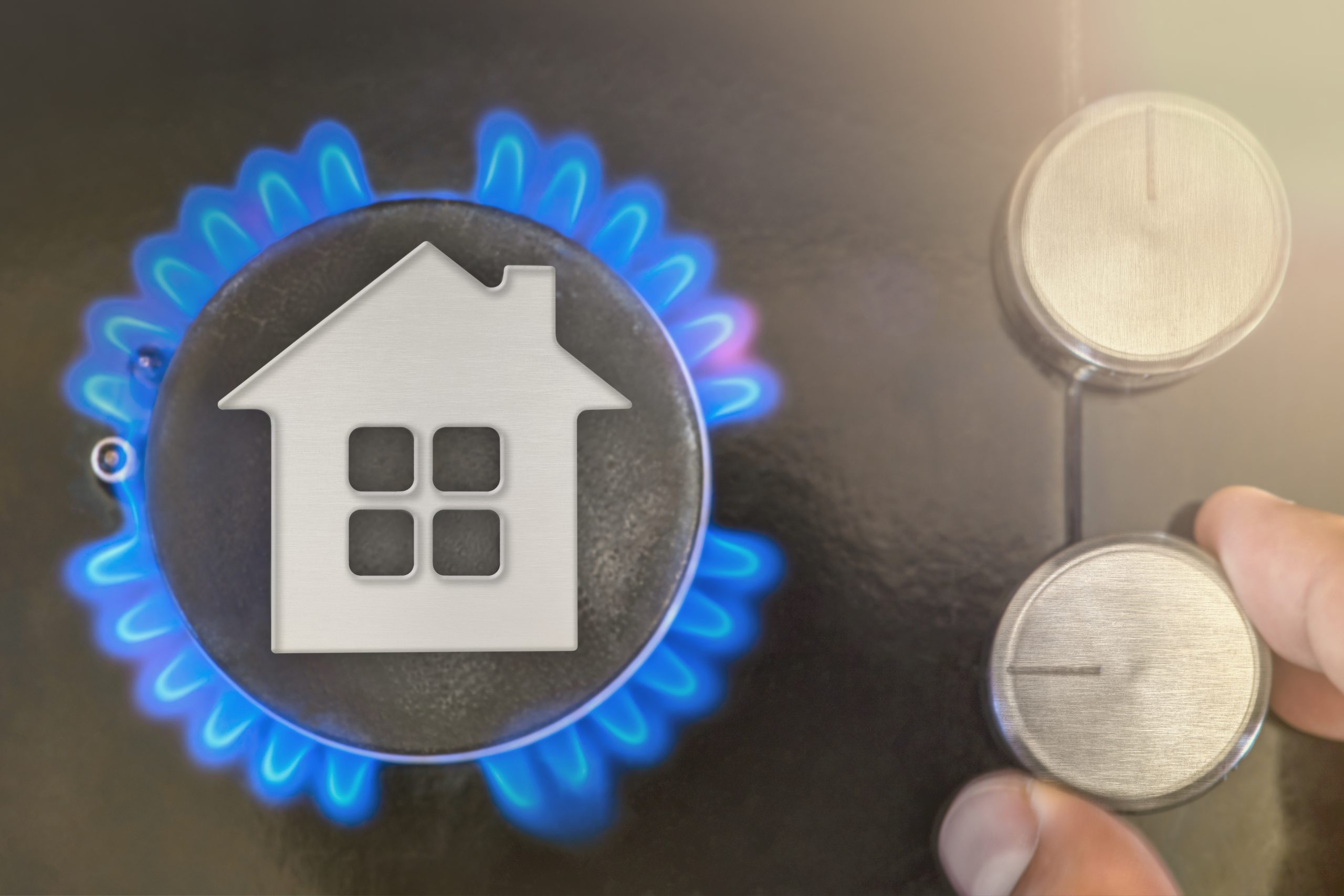The current energy crisis has naturally impacted the cost of living, pushing household energy bills higher. No doubt you’ve also been feeling the pressure in recent years.
So what is all this energy actually being spent on?
Understanding where and how your energy is used goes a long way. We’ll break down how energy costs are calculated, where most of your energy is spent, and practical tips to manage these expenses better.
Energy costs are influenced by three main factors:
- Rating (Watts): This is the power consumption of an appliance. Higher wattage means higher energy use.
- Price per Unit of Energy: The cost of electricity is measured in pence per kilowatt-hour (kWh). As of October 2023, the average unit rate for electricity under the Energy Price Guarantee is 27.35p/kWh.
- Duration: How long an appliance runs also impacts the total cost. Longer usage times naturally lead to higher energy consumption.
Where Is the Most Energy Spent at Home?
Let’s break down the top five categories of appliances that consume the most energy in a typical UK household. Some of these might surprise you!
Wet Appliances
Wet appliances, including washing machines, dishwashers, and tumble dryers, make up around 14% of a typical energy bill. The energy needed to heat water for these appliances makes them particularly costly.
- Washing Machine: 1,000–2,400W, costing 14–27p per hour
- Dishwasher: 1,200–1,500W, costing around 33–41p per hour
- Tumble Dryer: 1,500–2,500W, costing 38–68p per hour
Cold Appliances
Fridges and freezers make for around 13% of the average household’s energy bill. These appliances run continuously to maintain a constant temperature, making them energy-hungry in the long-term!.
- Fridge-Freezer: 100–300W, costing around 2.7–8.2p per hour
- Standalone Freezer: 150–300W, costing around 4.1–8.2p per hour
- Wine Cooler: 100–200W, costing around 2.7–5.5p per hour
Consumer Electronics
Today’s households are growing with tech such as laptops, TVs, and game consoles, which take up around 6% of energy bills.
- LCD TV: 25–175W, costing around 0.7–4.8p per hour
- Game Console: 100–200W, costing around 2.7–5.5p per hour
- Laptop: 50–100W, costing around 1.4–2.7p per hour
Lighting
Lighting accounts for around 5% of an average home’s total energy bill. Switching from traditional bulbs to LEDs can significantly reduce this cost!
- Incandescent Bulb: 40–100W, costing around 1.1–2.7p per hour
- LED Bulb: 6–10W, costing around 0.16–0.27p per hour
- Halogen Bulb: 25–100W, costing around 0.7–2.7p per hour
Cooking
Cooking appliances, including the hob, oven, kettle, and microwave, account for around 4% of your energy bill. Microwaves are generally more efficient than ovens.
- Hob (per ring): 1,000–2,000W, costing around 27–55p per hour
- Oven: 2,000–2,400W, costing around 55–66p per hour
- Microwave: 700–1,400W, costing around 19–38p per hour
How Can I Reduce the Cost of Energy at Home?
Here are five useful tips to help manage the cost of running these energy-intensive appliances:
Use Appliances Efficiently: Wash clothes at lower temperatures and always run full loads. Stick with your dishwasher’s ECO setting.
Switch to LED Bulbs: Replace traditional bulbs with LEDs to cut down on lighting costs significantly.
Unplug Devices: Turn off devices when not in use to avoid unnecessary standby power consumption.
Cook Smart: Use microwaves, slow cookers or air-fryers instead of ovens for cooking small meals as they are more energy-efficient.
Invest in Energy-Efficient Appliances: When replacing old appliances, look for ones with higher energy efficiency ratings (A-rated or above.)
If you’re concerned about your energy consumption and looking for tailored advice, consider booking a LEAP energy advice call. Our experts will provide specific recommendations based on your individual energy usage, helping you save money and improve your home’s energy efficiency.


